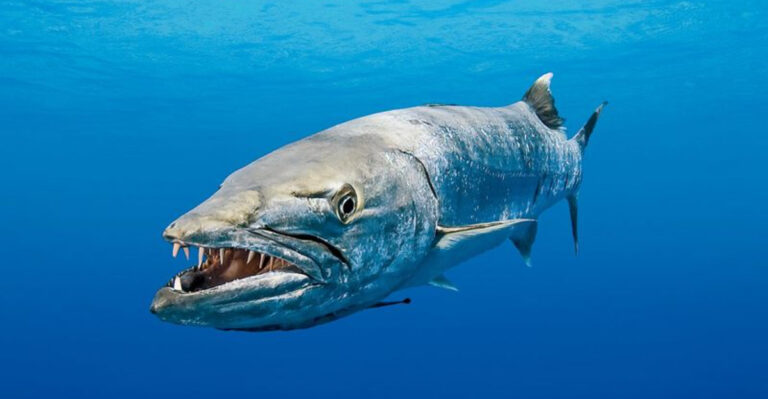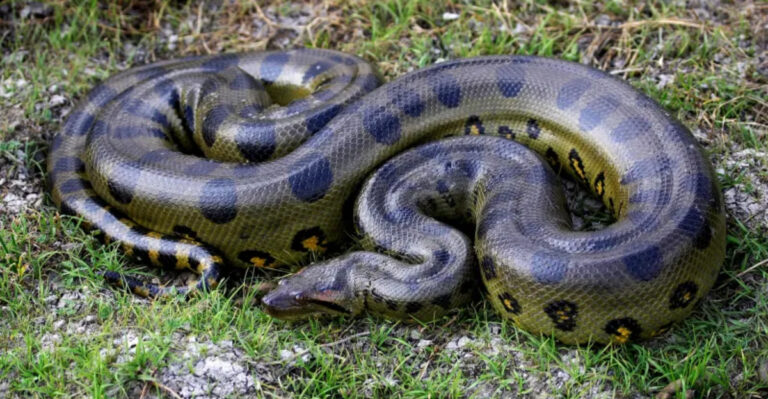Scientists Discover A Massive Great White Shark Feeding Ground
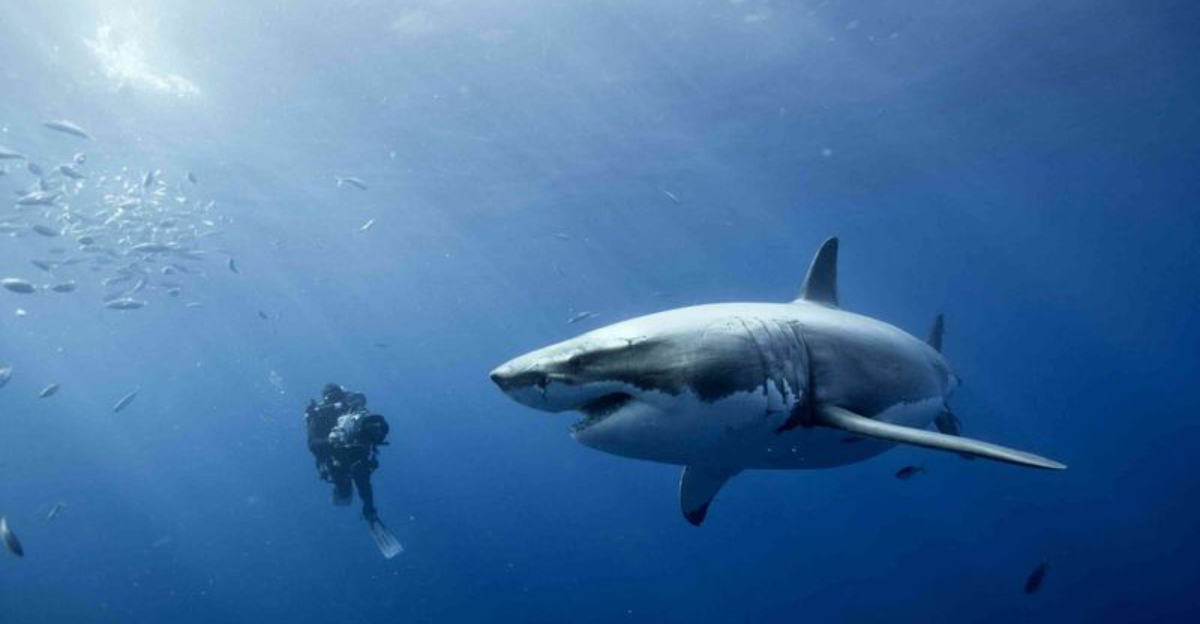
Scientists have made an incredible discovery in the Pacific Ocean – a vast feeding ground for great white sharks nicknamed the ‘White Shark Café.’
Located between Baja California and Hawaii, this remote area challenges everything we thought we knew about these ocean predators. For years, researchers wondered where these mysterious creatures disappeared to during certain seasons, and now they’ve finally found the answer.
1. Unveiling The Ocean’s Secrets
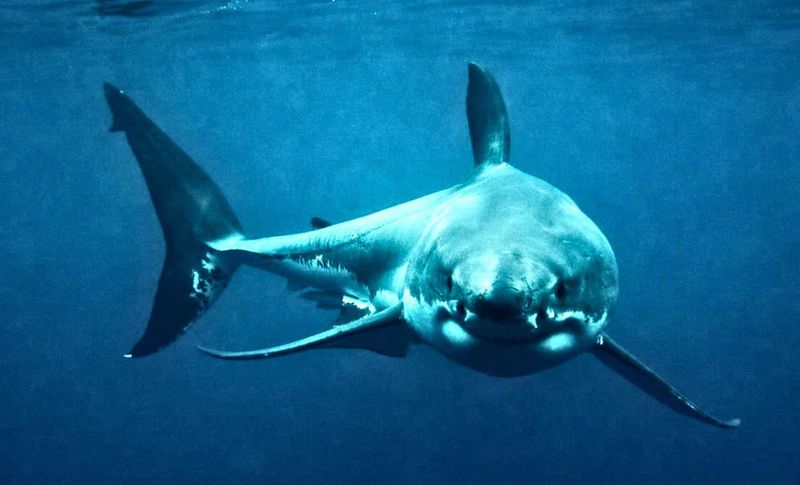
The White Shark Café reveals a hidden chapter in shark behavior. Located in the Pacific between Baja California and Hawaii, this massive feeding ground upends traditional shark migration theories.
Scientists once believed great whites stayed close to shorelines, but satellite tracking has shown they journey thousands of miles to this remote oceanic restaurant. The discovery marks a breakthrough in understanding these magnificent predators.
2. The White Shark Café: A Mysterious Gathering Spot

Roughly halfway between Baja California and Hawaii lies an underwater hotspot where hundreds of great whites congregate each winter and spring. Marine biologists initially doubted its importance when tracking data first revealed the pattern.
The sharks travel astonishing distances to reach this seemingly barren patch of ocean. What makes this particular area so special remained a puzzle for years, challenging researchers to uncover its secrets.
3. Tracking The Sharks
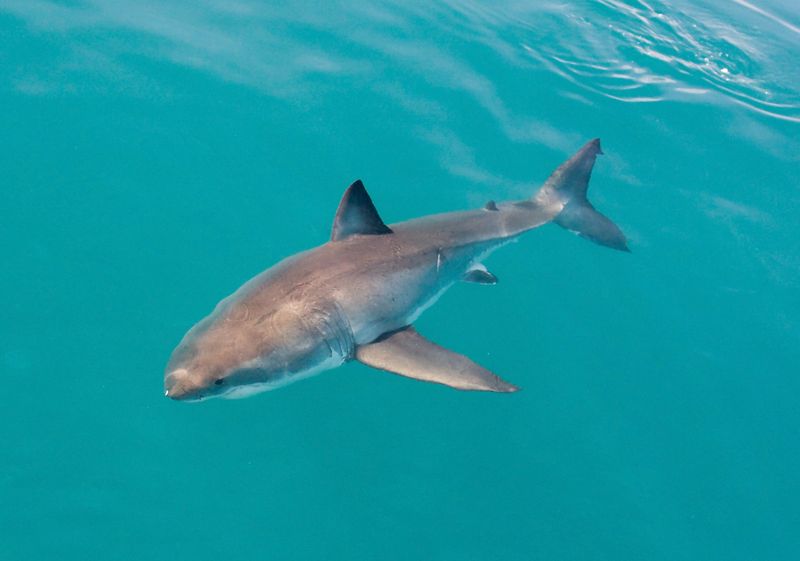
Stanford University researchers pioneered the discovery using sophisticated satellite tags attached to shark dorsal fins. These waterproof devices transmit location data whenever sharks surface, creating comprehensive migration maps.
Acoustic tags complement the tracking by recording depth and temperature preferences. Without these technological breakthroughs, the White Shark Café might remain undiscovered, highlighting how modern tools transform marine science and reveal secrets of elusive ocean dwellers.
4. A Rich Underwater Ecosystem
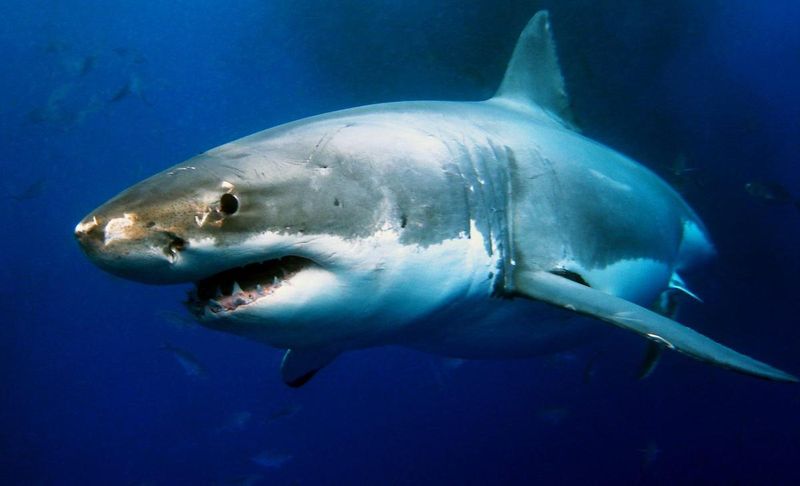
Beneath the seemingly empty surface waters thrives a buffet of marine delicacies. Giant squid, lanternfish, and countless bioluminescent creatures populate deeper layers, providing abundant food sources for hungry sharks.
The area experiences seasonal plankton blooms that trigger a domino effect up the food chain. What appears as ocean desert to human eyes transforms into an underwater feast during certain months, drawing predators from thousands of miles away.
5. The Café’s Location

Spanning roughly 104,000 square kilometers—approximately Colorado’s size—this massive feeding ground sits in what mariners once considered empty ocean. Its remote mid-Pacific position makes research expeditions challenging and expensive.
Few surface features mark this special zone. Satellite imagery reveals subtle temperature boundaries and current patterns that might explain why sharks navigate to this precise location, defying the apparent emptiness that surrounds it for hundreds of miles.
6. Shark Behavior
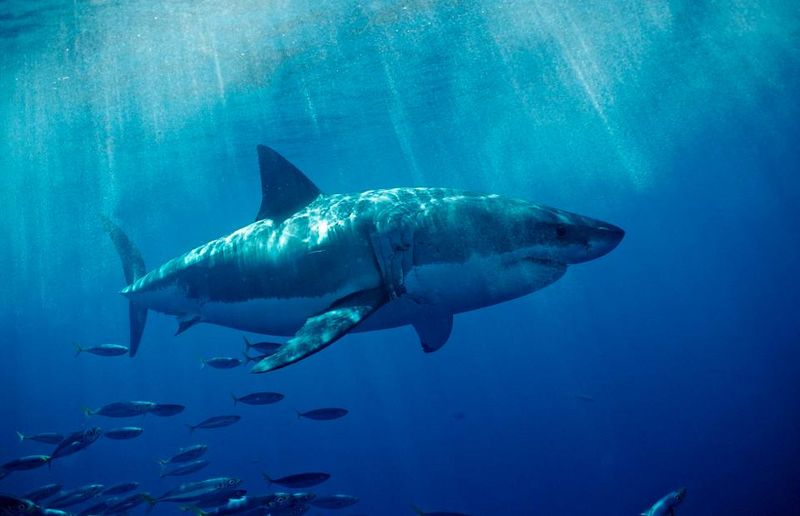
Male sharks perform fascinating “bounce dives” at the Café, rapidly descending to 1,500 feet before racing back to surface waters. They repeat this exhausting pattern up to 140 times daily—behavior seen nowhere else.
Females follow different patterns, diving deeper but less frequently. Scientists speculate these movements relate to hunting specialized deep-water prey or possibly complex mating rituals, showcasing sophisticated behaviors previously unknown in great whites.
7. Unraveling The Mystery

Several competing theories explain the Café phenomenon. The mating hypothesis suggests it’s an elaborate dating scene where males display prowess through athletic dives while females select partners.
The feeding theory points to specialized hunting opportunities found nowhere else. Some researchers propose it serves multiple purposes—a Swiss Army knife location offering food, mates, and possibly navigational calibration. Ongoing research aims to settle which explanation best fits the evidence.
8. Global Significance
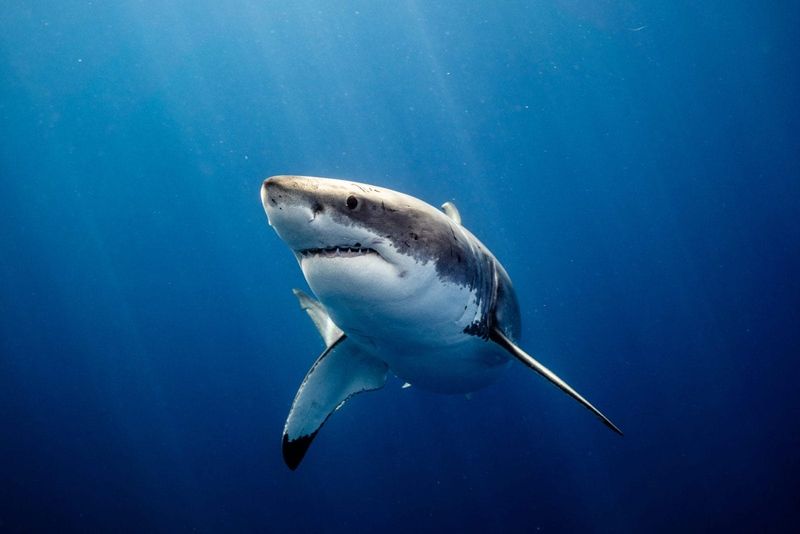
The Café discovery revolutionizes conservation planning by revealing previously unknown critical habitat. International protection efforts now focus on this crucial area, requiring cooperation across Pacific nations.
Understanding migration corridors between coastal regions and the Café helps identify protective measures needed along entire routes. Conservation success depends on protecting not just coastal nurseries but also these remote feeding grounds, creating a network of safe havens for these vulnerable predators.
9. Historical Context
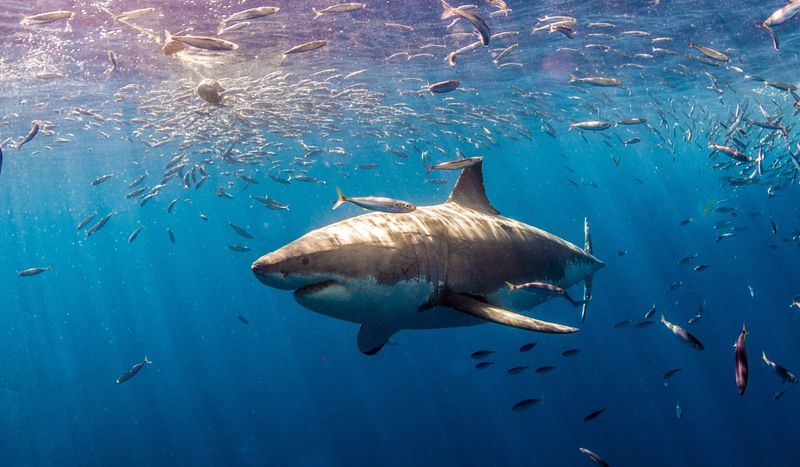
Before the Café discovery, scientists believed great whites were primarily coastal hunters rarely venturing into open ocean. Historical tracking relied on basic tagging methods that couldn’t follow sharks beyond limited ranges.
Fishermen occasionally reported deep-sea sightings, but these accounts were dismissed as exaggerations. The Café finding validates some traditional maritime knowledge while demonstrating how much remains unknown about even our most famous ocean predators.
10. Ongoing Research
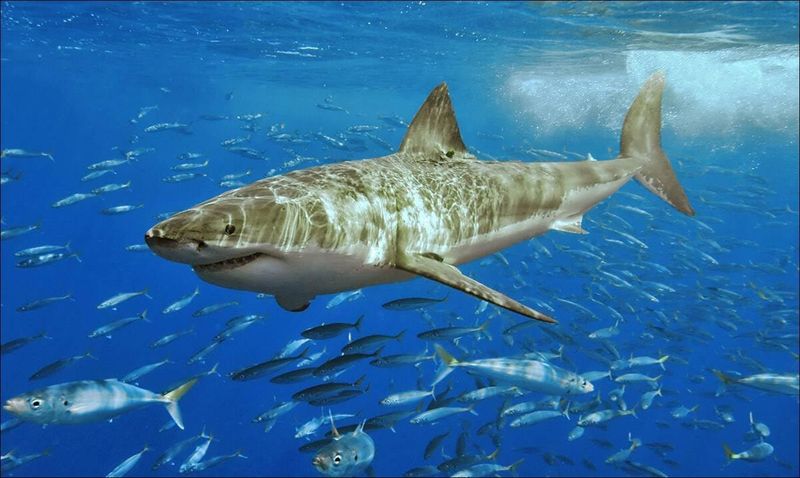
Research vessel Schmidt Ocean Institute plans dedicated missions to the Café, equipped with deep-diving ROVs and environmental DNA sampling technology. Scientists hope to capture the first-ever footage of natural shark behavior in this remote location.
New tagging methods include cameras and physiological sensors to monitor heart rates during dives. The next research phase aims to answer whether sharks communicate at the Café and how they navigate with such precision across thousands of miles of featureless ocean.
11. Ecological Impact
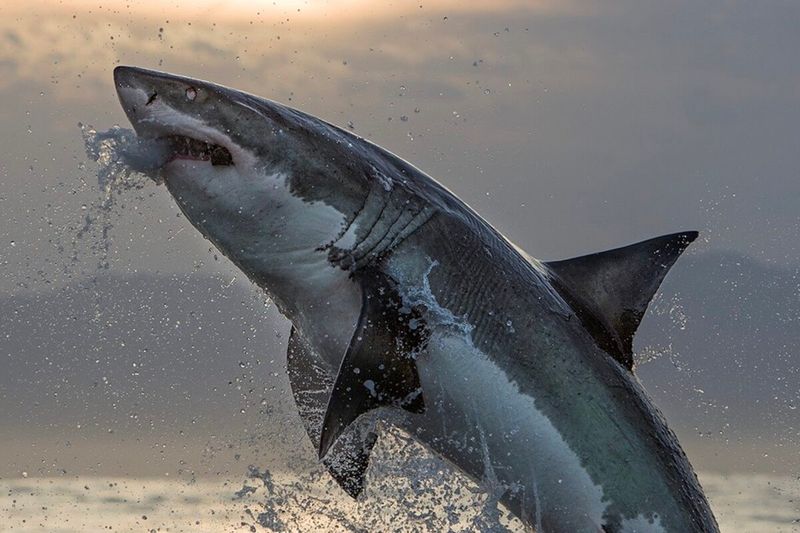
As apex predators, great whites regulate entire ecosystems through their presence at the Café. Their seasonal feeding patterns prevent any single prey species from dominating the environment, maintaining biodiversity balance.
Scientists observe cascading effects throughout the food web when sharks arrive. Smaller predators alter their behavior, affecting everything down to plankton distribution. This remote location serves as a natural laboratory for studying predator impacts on open-ocean ecosystems.
12. Comparative Analysis
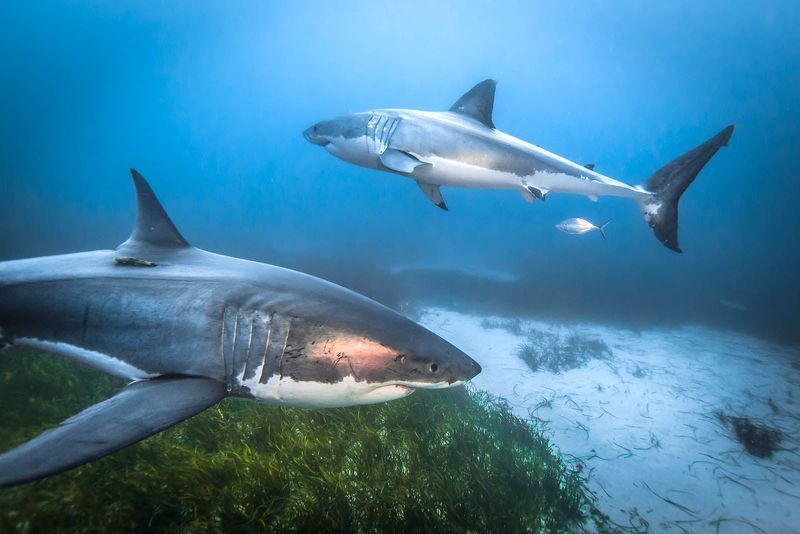
Unlike South Africa’s Seal Island, where sharks hunt visibly at the surface, the Café features mysterious deep-water activities. Australia’s Neptune Islands attract sharks to specific prey, while the Café seems to serve multiple biological purposes.
Guadalupe Island provides clear visibility for shark observation, contrasting with the Café’s challenging research conditions. Each gathering site reveals different aspects of shark behavior, creating a global puzzle that scientists are gradually assembling.
13. Public Perception
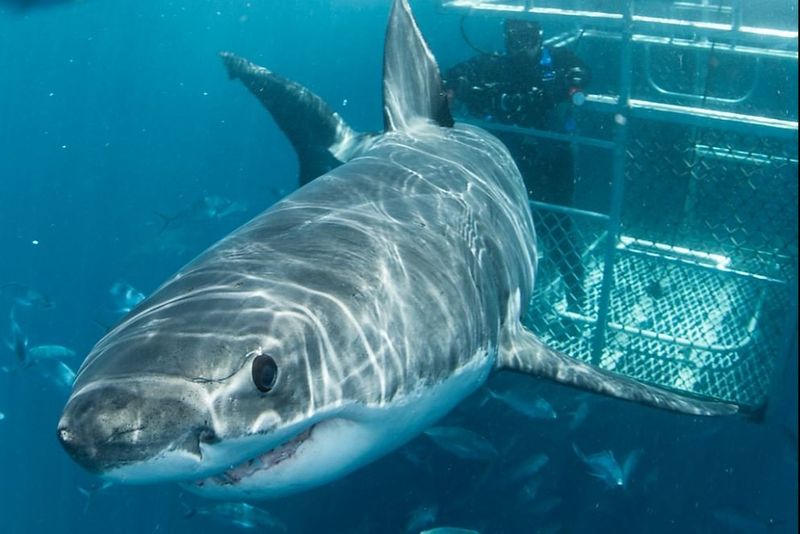
The Café discovery transforms public perception from seeing great whites as mindless coastal hunters to sophisticated ocean travelers with complex social behaviors. Media coverage highlights their intelligence rather than just their teeth.
Educational programs now feature migration maps showing the incredible journeys these animals undertake. This shift in narrative helps build public support for conservation efforts by replacing fear with fascination and respect for these remarkable ocean navigators.
14. Conservation Efforts
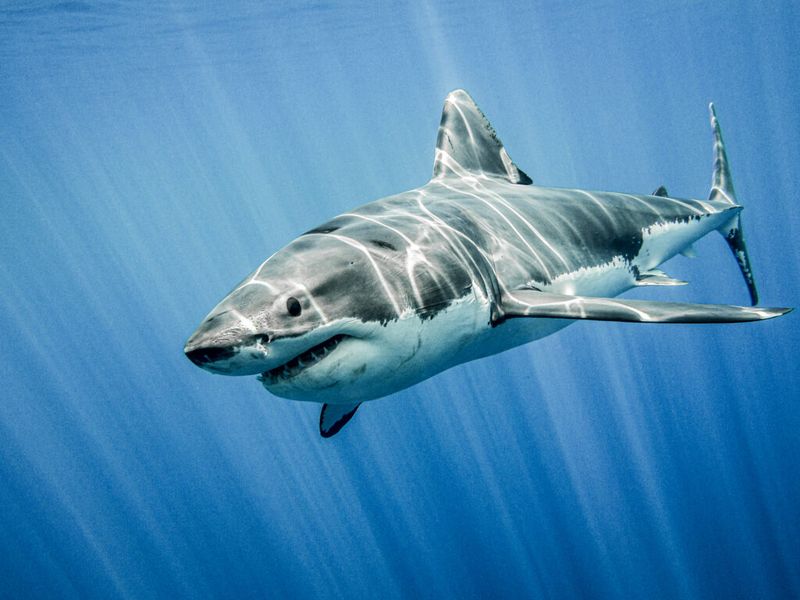
International treaties now recognize the Café as a marine protected area, restricting commercial fishing during peak shark seasons. Conservationists monitor the region using satellite technology to detect illegal vessel activity.
Funding from public-private partnerships supports dedicated research programs. The biggest challenge remains protecting migratory corridors connecting coastal regions to the Café, requiring cooperation across multiple countries and ocean jurisdictions to ensure these magnificent predators can safely complete their remarkable journeys.
15. The Ongoing Journey
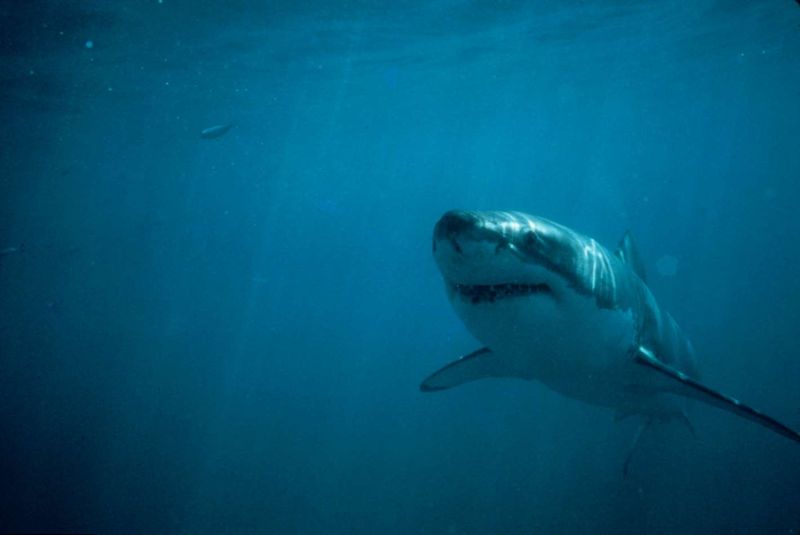
The White Shark Café represents just the beginning of discoveries about great white behavior. Each answered question reveals ten new mysteries about these enigmatic ocean travelers.
Future generations of marine biologists will build upon this foundation. The greatest legacy of the Café discovery might be inspiring young scientists to look beyond conventional wisdom. Our oceans still hold countless secrets waiting to be revealed by those curious enough to follow where the evidence leads.

